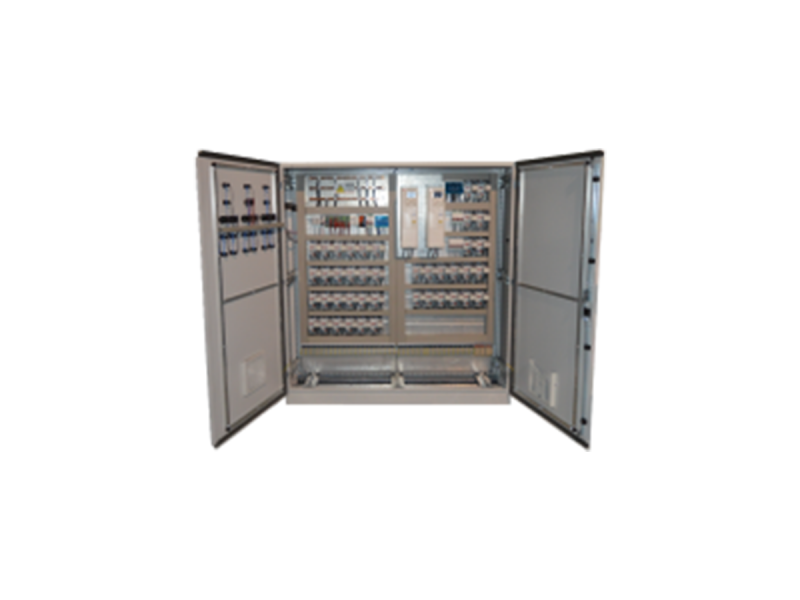
Elevator Pressurization System: Ensuring Safe and Efficient Vertical Transportation
Elevator pressurization is a critical component of building safety and vertical transportation. This system is designed to protect occupants and firefighters during emergencies by ensuring that the elevator shafts are pressurized with clean air, even in the event of a fire.
In this article, we will explore the benefits of elevator pressurization, how it works, and the factors to consider when selecting and maintaining elevator pressurization systems.
Benefits of Elevator Pressurization
Fire Safety: Elevator pressurization is designed to protect occupants and firefighters during emergencies by ensuring that the elevator shafts are pressurized with clean air, even in the event of a fire. This can help prevent the spread of smoke and fire, making it easier for occupants and firefighters to evacuate the building.
Improved Indoor Air Quality: Elevator pressurization systems are designed to maintain clean air within the elevator shafts, which can help improve the indoor air quality of the building as a whole.
Efficient Vertical Transportation: Elevator pressurization systems can help ensure efficient vertical transportation by preventing the spread of smoke and fire within the elevator shafts.
How Elevator Pressurization Works
Elevator pressurization works by maintaining a positive air pressure within the elevator shafts, which prevents smoke and fire from spreading throughout the building. This is achieved through the use of a pressurization fan, which pulls air from the building and delivers it to the elevator shafts.
In the event of a fire, the elevator pressurization system will continue to operate, even if the building’s HVAC system has been shut down. This ensures that the elevator shafts remain pressurized with clean air, allowing occupants and firefighters to safely evacuate the building.
Factors to Consider when Selecting and Maintaining Elevator Pressurization Systems
Building Size: The size of the building will impact the size and number of elevator pressurization systems required. Larger buildings may require multiple systems to ensure adequate coverage.
Building Use: The use of the building will also impact the type and size of elevator pressurization systems required. For example, a hospital or high-rise building may require more robust systems due to the increased occupancy and vertical transportation needs.
Compliance with Codes and Standards: Elevator pressurization systems must comply with local building codes and standards. It is important to work with a qualified professional to ensure that the system meets these requirements.
Maintenance Requirements: Proper maintenance is essential for ensuring the optimal performance and longevity of elevator pressurization systems. Regular maintenance tasks such as filter replacement, fan inspection, and component testing should be performed as recommended by the manufacturer.
Maintaining Elevator Pressurization Systems
Proper maintenance is essential for ensuring the optimal performance and longevity of elevator pressurization systems. Regular maintenance can help prevent breakdowns and costly repairs, and can also improve the energy efficiency and air quality of the system.
Some key maintenance tasks for elevator pressurization systems include:
Regular filter replacement: Air filters should be replaced regularly to ensure optimal air quality and system performance.
Inspection of components: Components such as the pressurization fan, ductwork, and electrical connections should be inspected regularly to ensure proper functioning and prevent breakdowns.
Regular testing: Elevator pressurization systems should be tested regularly to ensure that they are functioning properly and in compliance with local codes and standards.
Elevator pressurization is a critical component of building safety and vertical transportation. By selecting and maintaining elevator pressurization systems that are appropriately sized, compliant with codes and standards, and properly maintained, building owners and occupants can enjoy a safe and efficient indoor environment.
When selecting and maintaining elevator pressurization systems, it is important to consider factors such as building size, building use, compliance with codes and standards, and maintenance requirements. Proper maintenance tasks such as filter replacement, component inspection, and regular testing are essential for ensuring optimal system performance and longevity.
By prioritizing the selection and maintenance of elevator pressurization systems, building owners and occupants can enjoy a safe and efficient vertical transportation system that is capable of protecting occupants and firefighters during emergencies.
